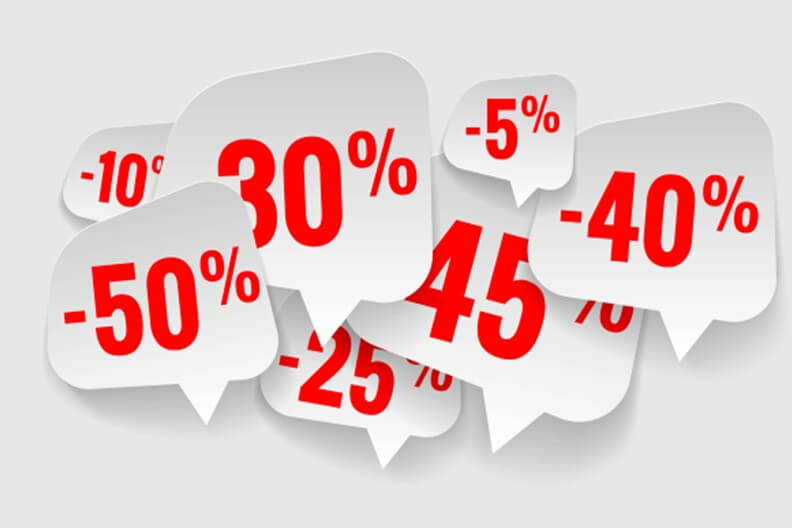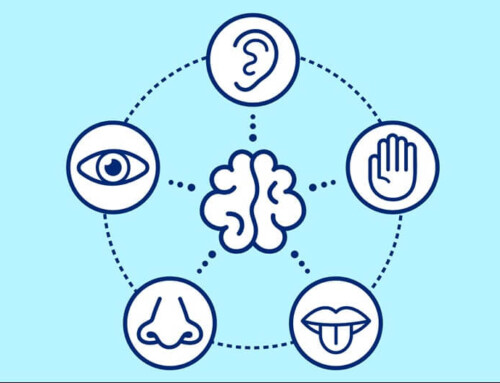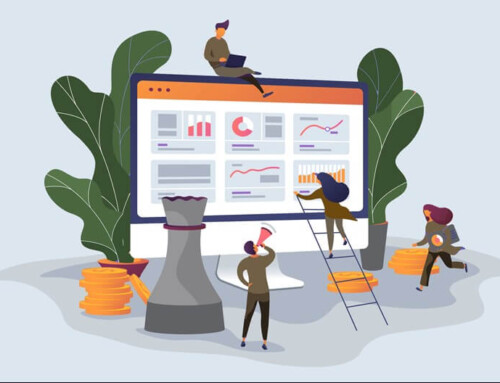It is a knee-jerk reaction, especially in times of uncertainty, for businesses to consider offering discounts as an option to survive. The general assumption is that reducing prices and accepting lower profit margins is preferable to losing customers and market share. However, doing so can prove harmful as a long-term strategy.
Lowering prices undercuts any industry as a whole and can make it difficult to charge normal prices later. Just how much?
- For every 8 percent that companies dropped prices, it took them two years to recover following the 2009 recession. (1)
- A study that analyzed 91 years of economic difficulties in the United States determined that the economy self-recovers within 1.5 years on average. (2)
Putting it into perspective: A business that discounts prices by 8 percent will take two years to recover plus will still need to address current economic conditions. On the other hand, an organization that hunkers down and focuses on improving operations will recover in 1.5 years or less. It’s an easy no-brainer! Price discounting can cost businesses both time and money.
What factors trigger price discounting?
- Inability to adapt quickly to change – Waiting and/or red tape equates to lost opportunities
- Lack of knowledge about the market – Generally, this arises from not knowing the audience, specifically the specific buying personas that drive quality business.
- Working in silos – Marketing and sales must work together to quantify and qualify the best leads and sales opportunities.
- Problems with negotiation skills – Improperly trained sales professionals will give up after price objections and/or don’t know how to handle them properly.
The price discounting process becomes even more problematic, considering that a mere 17 percent of sales are lost due to pricing. (3)
So, what are viable alternatives to price discounts during uncertain times?
Evaluate the Current and Active, Customer Base
Leadership should get together with the sales team and figure out who their most profitable customers are, what they have in common, if they need to update their existing buyer personas or create new personas and how they can leverage the relationships they have with existing customers to:
- Tap into desirable new accounts or reach promising new customers
- Get more business from existing customers
- Ask for referrals from existing customers
- Find out if existing customers are interested in becoming brand ambassadors
- Offer more value to existing customers such as additional services or products, especially if they have money to spend
Reconnect With Dormant Former Customers
Businesses can learn a great deal by identifying why previous customers stopped buying from them. It also presents an opportunity for the organization to win back their business. Assigning dormant accounts to different salespeople is also beneficial for getting fresh perspectives and building new relationships. Excellent strategies for rekindling interest among former customers include:
- Looking up their connections on LinkedIn to see if there may be new opportunities that can be tapped such as if that contact has moved into a new position, moved to a new place of employment, etc.
- Reaching out to the customer’s end-user target audience directly. For example, if your company sells pharmaceutical products, one way to earn back an account is to look for patients who may need medications that a doctor can prescribe for that patient’s condition.
Audit Customer Accounts and the Buying Cycle
This will help leadership determine where the business may be leaking money. Asking the following questions is illuminating:
- Sales Cycle
- Can the sales cycle be shortened?
- Can the cost to acquire leads or new customers be reduced without sacrificing quality?
- Fulfillment Process
- How much time is spent on service-type projects that is not tracked and billed?
- Are all products accounted for and billed to customers?
- How are damaged products handled? Are they reimbursed via shipping insurance?
- Service and Support
- How much time do support teams spend on technical inquiries or customer inquiries? How much of this time is billed versus not billable?
- Could any time spent be reduced through automated self-help such as through a basic sales chatbots, a searchable knowledge base, a self-help community, video tutorials, etc.?
- Accounts Receivable
- Is a risk assessment done for new customers (e.g. a credit check)? Or do they pay by credit card or prepayment?
- Are customers paying on time, every time?
- Are customers allowed to purchase additional products or services with a past-due account? For how long? At what amount is the account cut-off from future purchases?
- Do past due accounts include late fees and interest?
Analyze Buying Trends
Using tools such as Google Analytics, Search Console, and accounting software, companies can get a good idea about their customers’ purchasing history and trends. Additionally, businesses can review their industry’s reports about buying trends and post analysis following economic hardships or banner years for growth.
Organizations can utilize this information to determine how customers reacted during uncertain times such as the fallout after 9/11, the Ebola outbreak, natural disasters, the 2009 recession, the COVID-19 pandemic, and so forth. This may help companies determine how long it took for their business to recover.
PRO TIPS:
- Annual reports from publicly traded companies are a wealth of insights. These can be found on company websites, often under terms such as “investor information,” or can be located on finance/investment sites such as MSN Money. Organizations should look for the top publicly traded companies that are considered competitors in their industry.
- Google Trends can be a valuable tool to explore what people are not just searching for but also what they were talking about and interested in during specific periods of time. It’s possible to see what’s trending right now as well as investigate behavior in the past.
- Similar to Google Trends but adding content engagement data similar to BuzzSumo, Answer The Public (ATP) provides organizations with search listening data. ATP provides insight data that can be helpful in analyzing niches, especially those that were not previously known, competitor trends, buying signals or triggering behaviors, and customer reactions to significant changes or uncertain times.
Create Engaging Conversations to Build Fluid Strategies
It is important for businesses to remember that while their products or services may seem similar to their competitors, they are in fact unique. Savvy companies understand that offering the lowest price is not the only way to win business. If they make the value of their products or services clear, sales will follow.
Businesses may feel a sense of desperation during uncertain times, but they should resist the urge to discount prices. By using the alternatives outlined in this article, organizations will lay the foundation for financial stability in the present moment and well beyond.
Contact Gavel International to be inspired with solutions that connect and engage your people.
____________________________
SOURCES:
1 https://www.bain.com/insights/why-you-shouldnt-slash-prices-in-the-next-recession-hbr/
2 https://awealthofcommonsense.com/2020/03/how-long-does-it-take-to-make-your-money-back-after-a-bear-market/
3 https://entrepreneurscan.com/blog/your-price/amp/
This article was last updated on April 25, 2025
- Why Hustle Culture Can Harm Sales Success – and How to Repair the Damage - June 30, 2025
- Enhance Sales Through Team-Friendly Storytelling - May 5, 2025
- Unlocking Excellence: The 7 Traits of Top Performers and Their Impact - April 14, 2025






